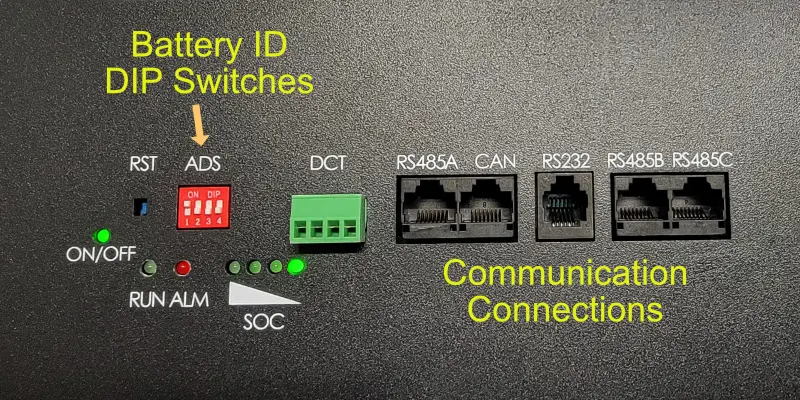Introduction to the guide parts of battery pack In the design of modern battery energy storage technology and electric vehicle, the installation and stability of battery pack are very important. In order to ensure the safety and effectiveness of the battery pack in use, the guide component plays an important role. The guide parts mainly include the guide rail system,…








